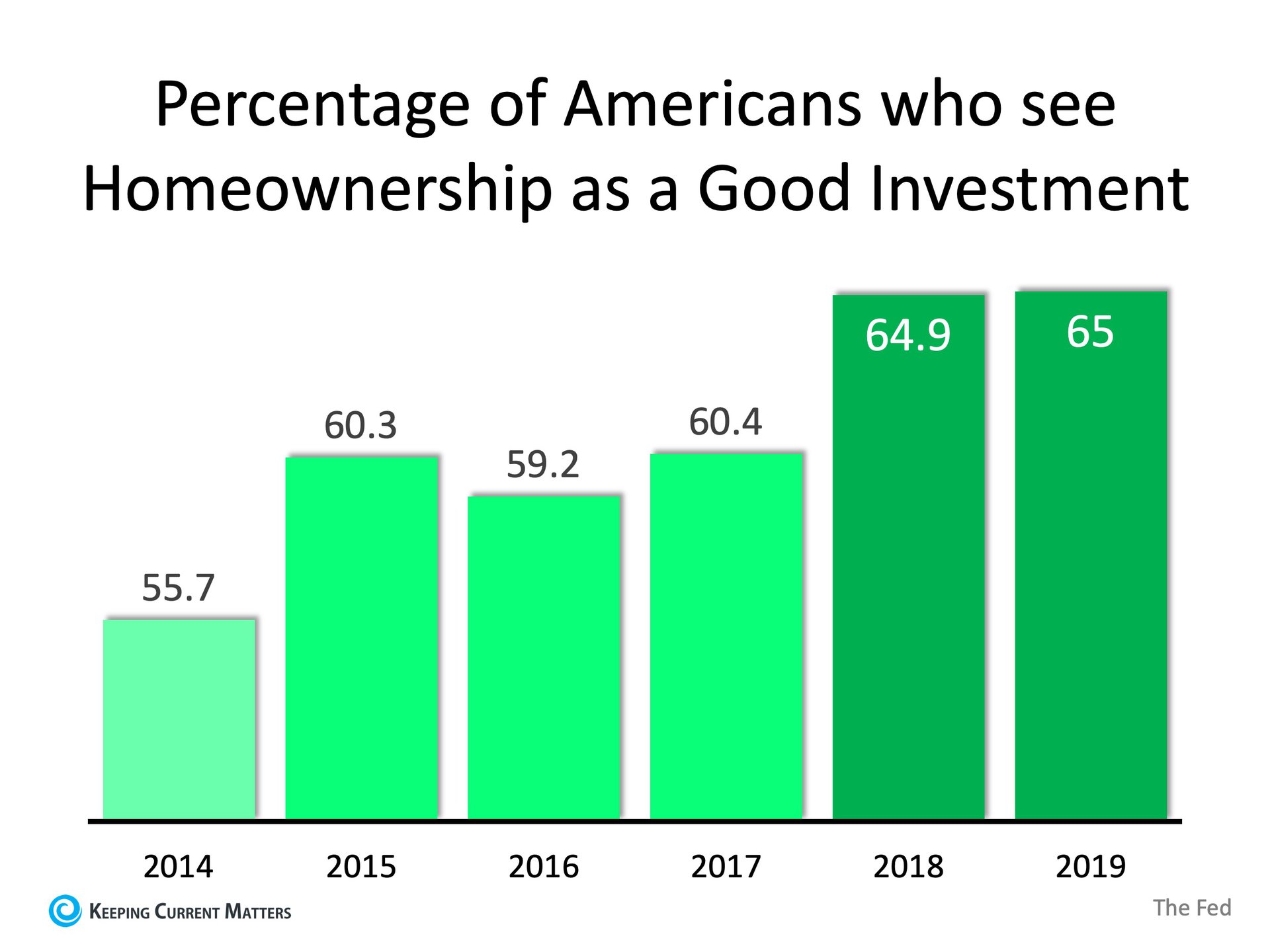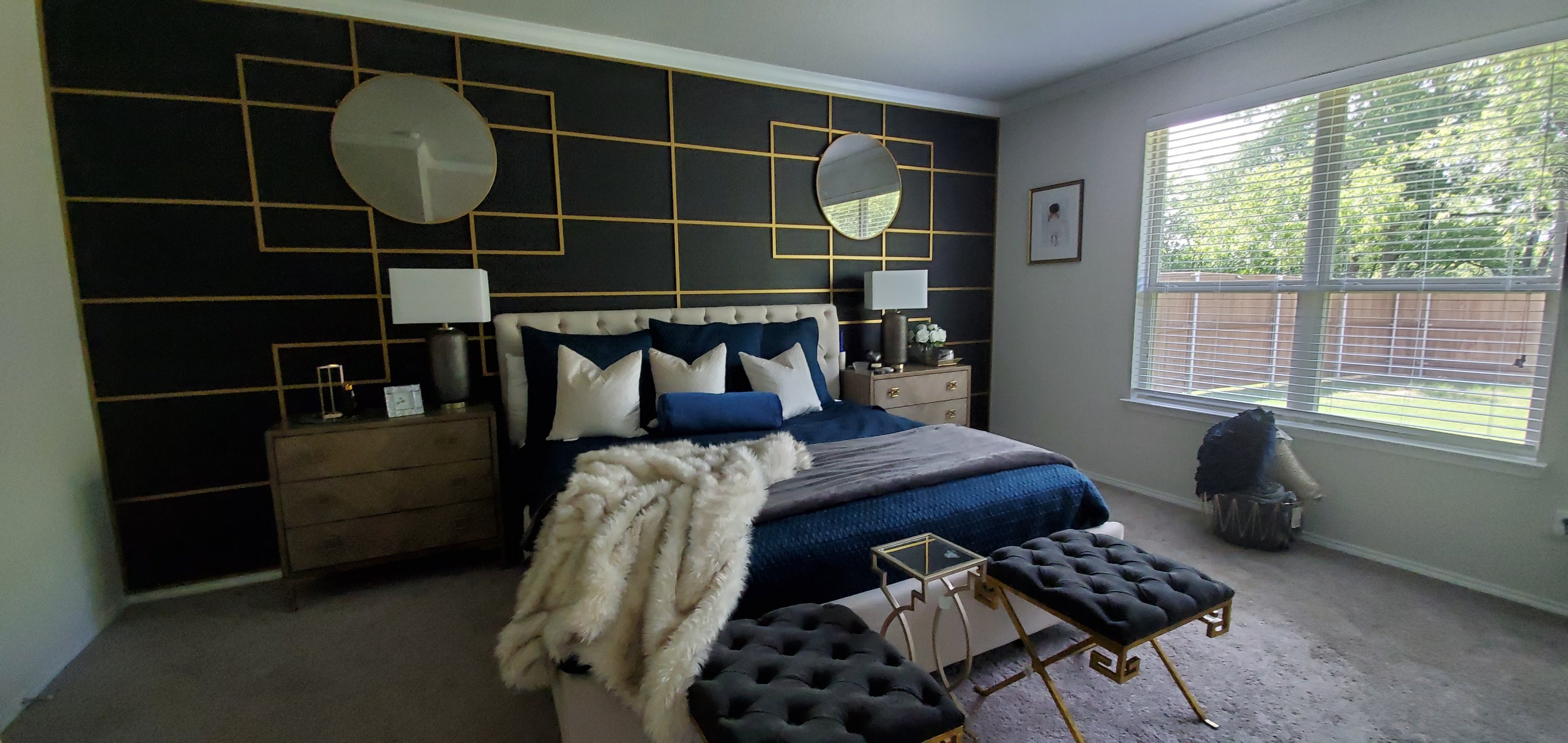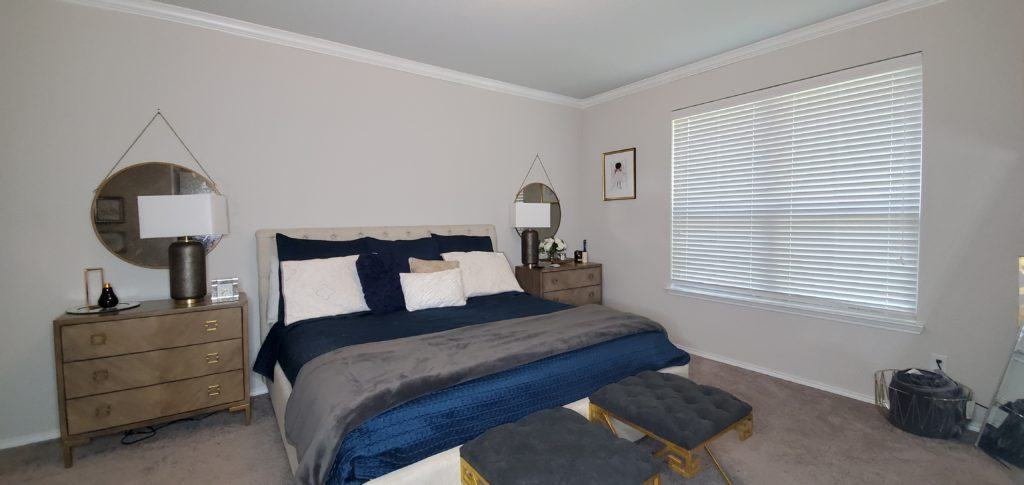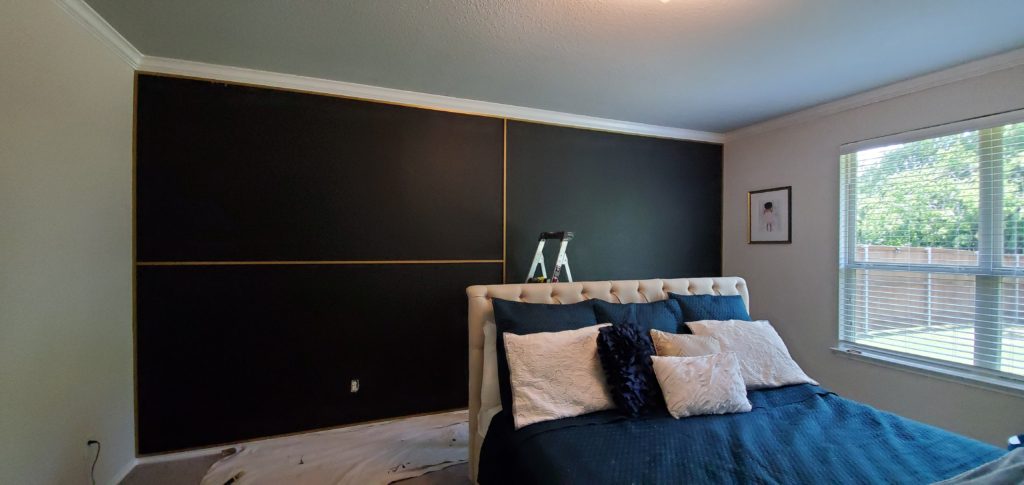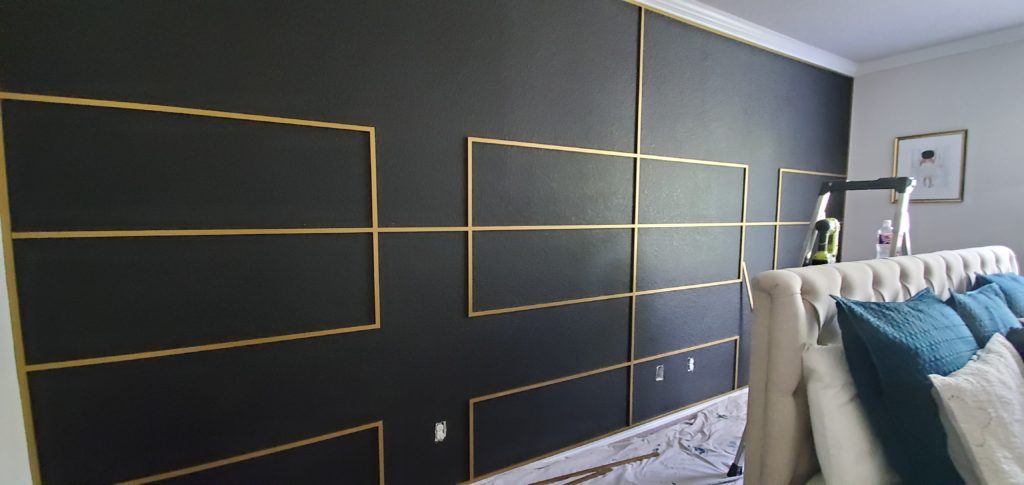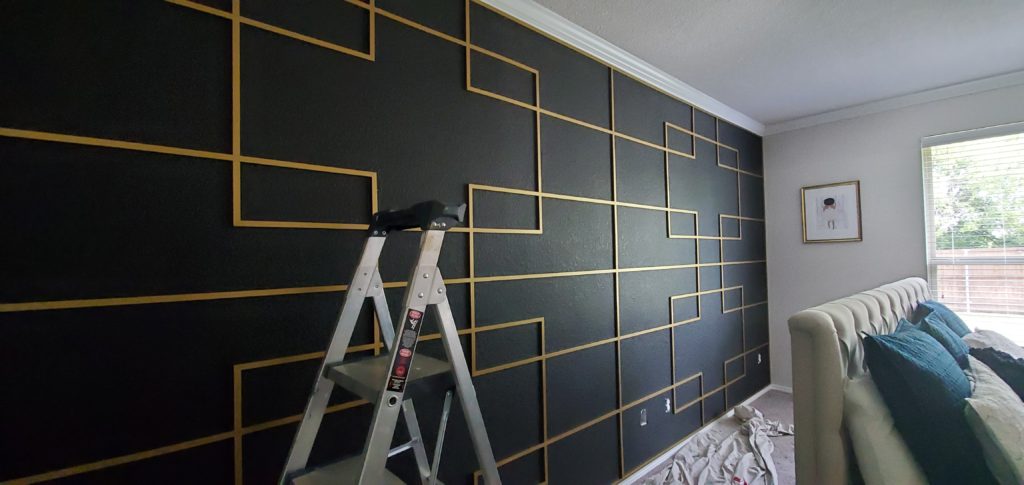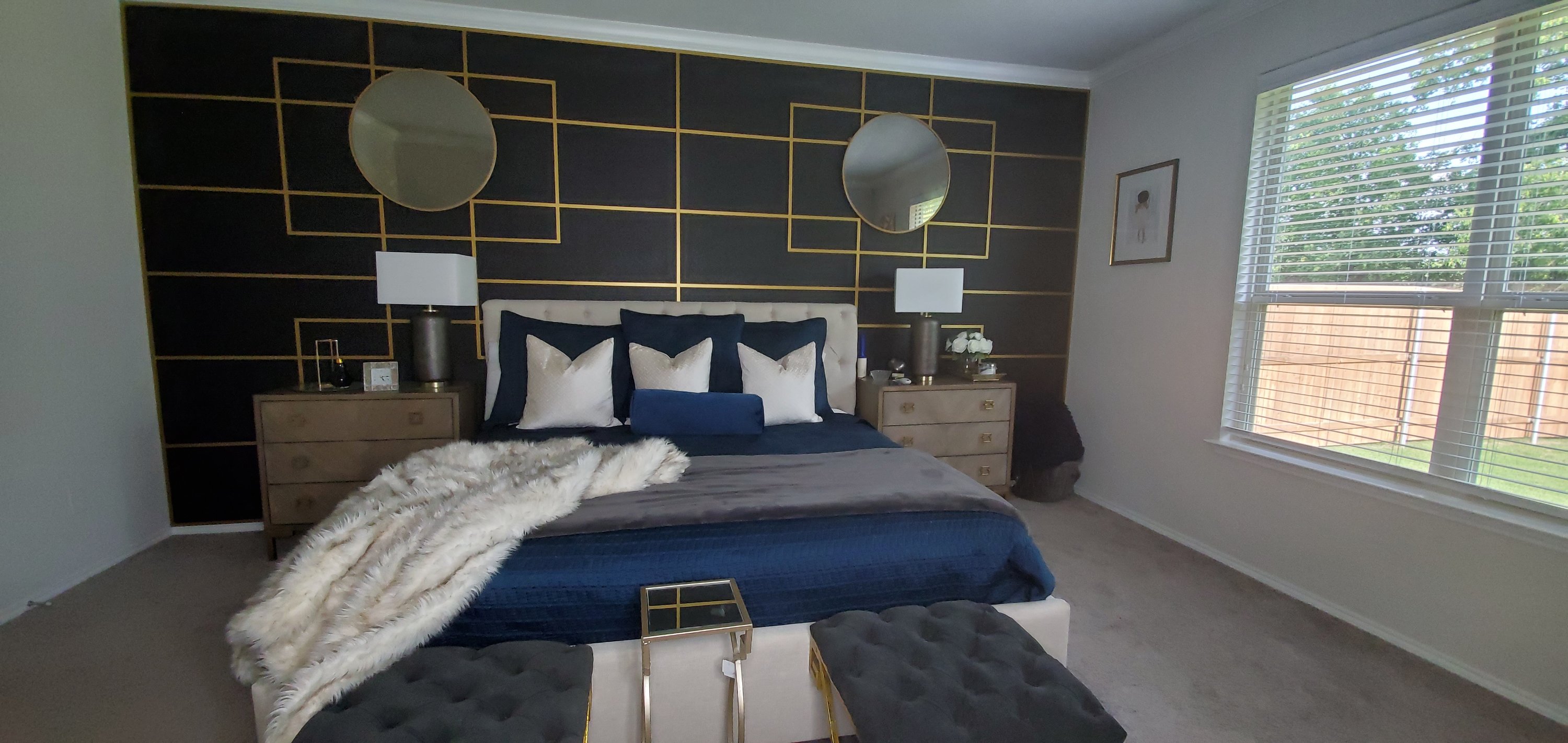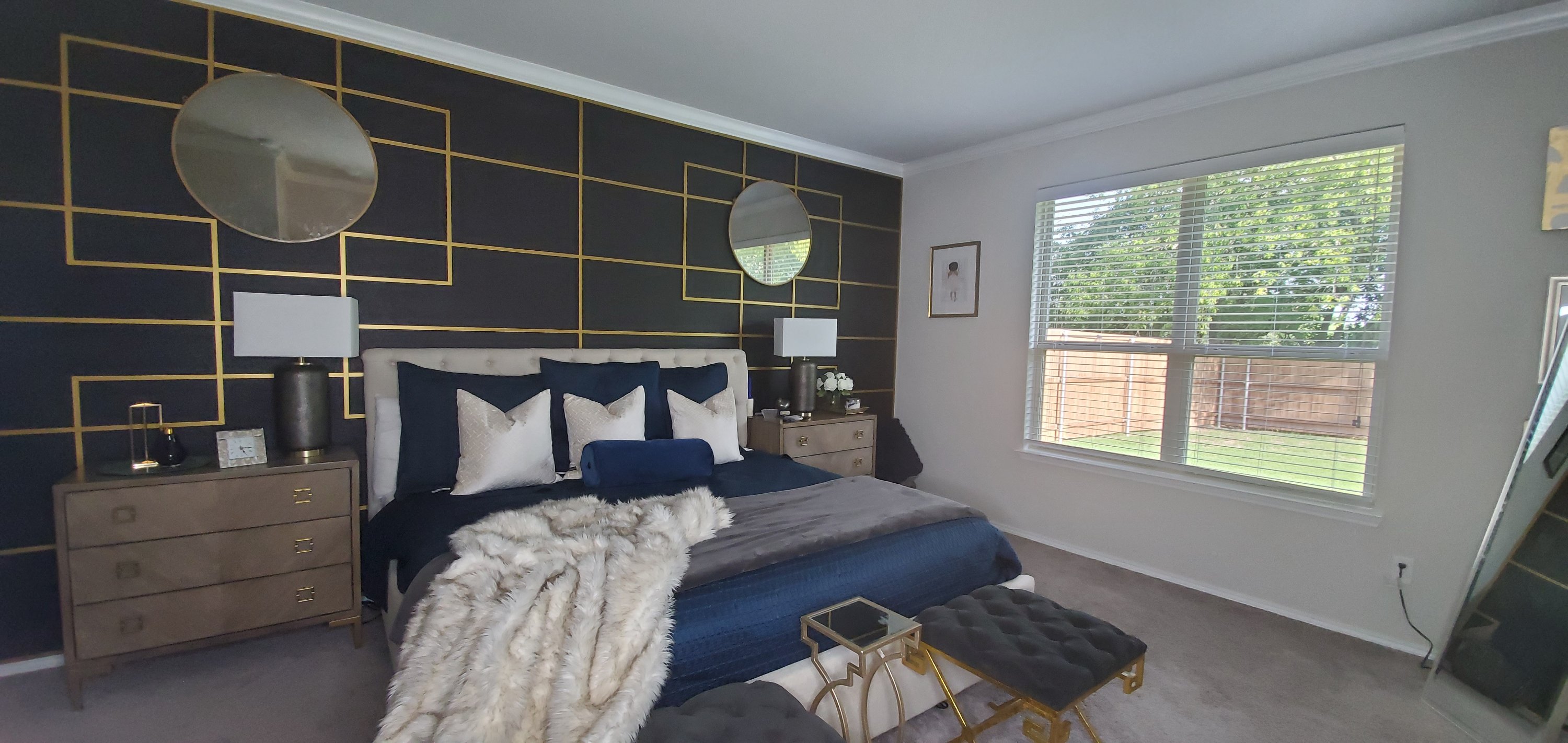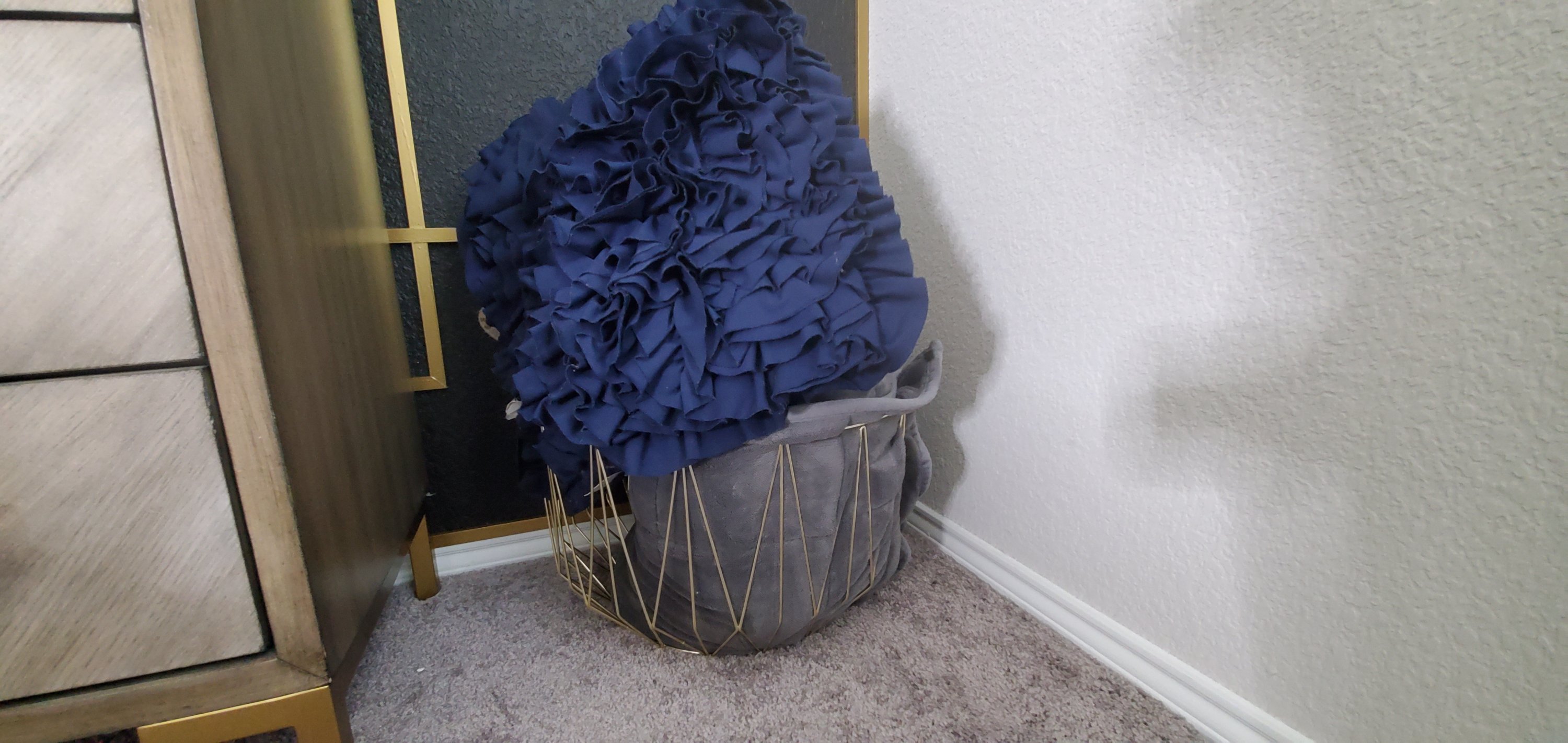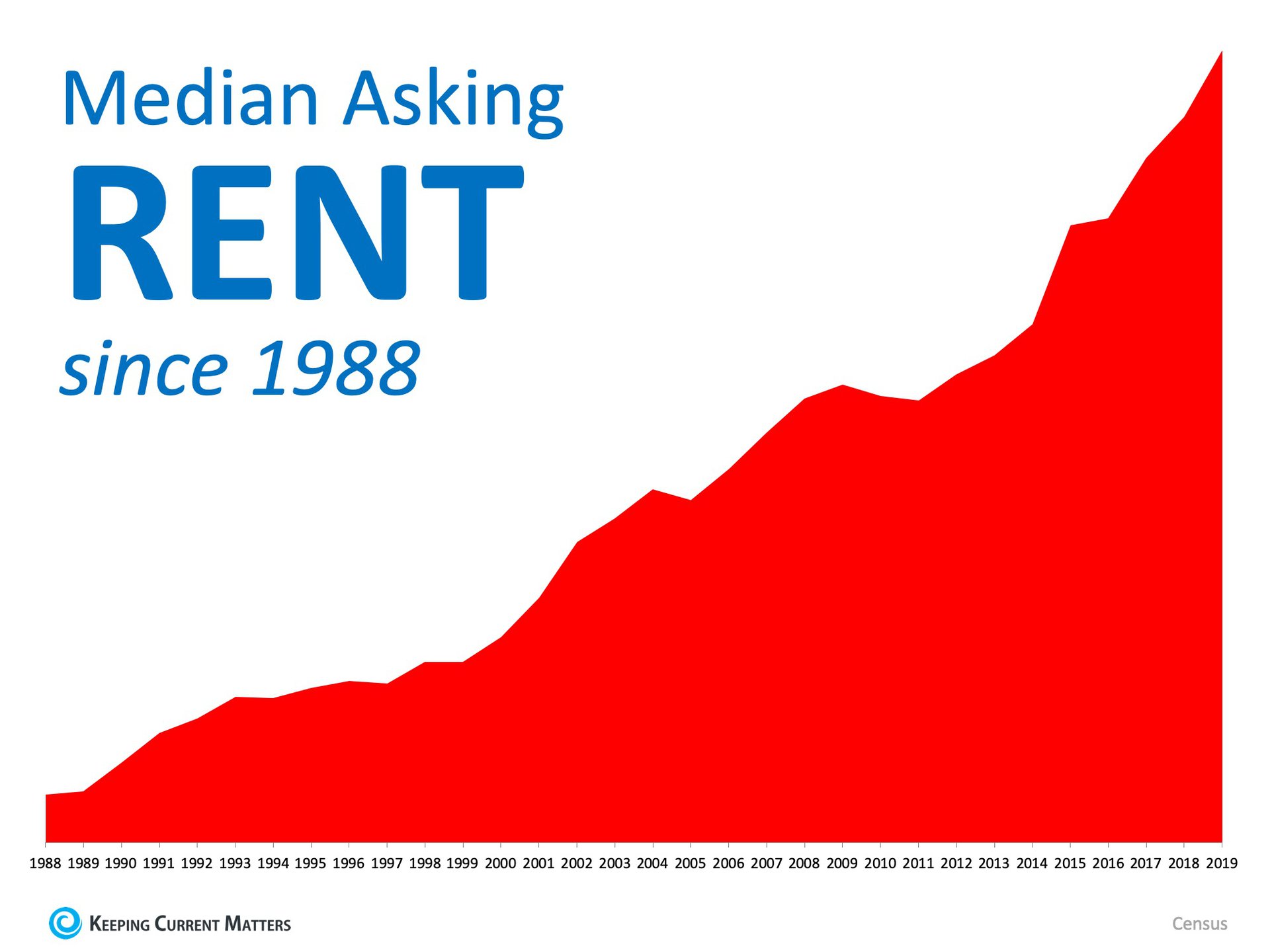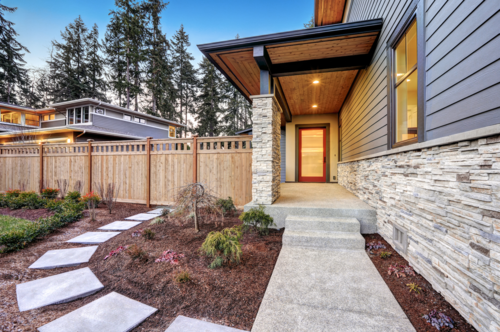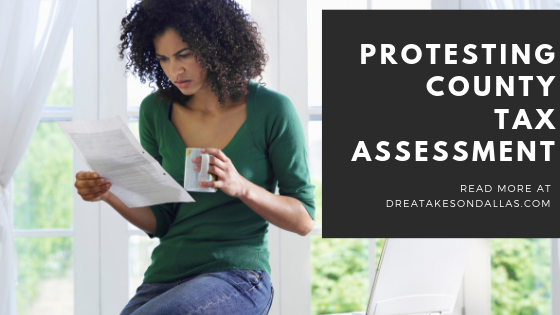Are you ready to buy a home and considering going in the route of new builds? It may seem like an easy enough process, where you get to call the shots of how you want your dream home to be, but there is a lot of risk when it comes to new construction if you are going in blindly. It’s unfortunately not as trouble free as we’d like to hope, if you don’t have the right representative by your side to help with the things that need to be looked out for from a professional’s eye. Below, we’ll dive into the many reasons you need a professional buyer’s agent representing you in the sale. They are, after all, on your side. And it’s their role to ensure you aren’t taken advantage of by the builders and their representatives in the transaction.
1. HIRING THE RIGHT BUILDER
The most important part of finding an agent is having a professional’s perspective to finding a builder with a great reputation. You get to benefit from your agent’s network of vendors, lenders, and home builders. They have the industry expertise to connect you with a builder that matches your needs, and more than likely, have already had experience with the builder with a past client. Or, if they haven’t worked with a builder you want to use directly, they can gather person-to-person recommendations from other agents to know the expected experience with said builder. They will help you find one, that not only delivers exactly what their clients want, but in a timely fashion.
2. THE RIGHT LOT IN THE RIGHT NEIGHBORHOOD
The lot you choose to go with in a new build can either be a positive to your new home, or detrimental. In the excitement of the process, we tend to overlook important features of a property. It’s important to have a professional to ensure you make a purchase that will best serve you. They’ll be able to find a neighborhood that best fits your lifestyle and a lot that has a location that works for you. Whether you’re single with pets, or a family with children, the lot location can really make a huge impact. Especially when it comes time to selling it in the future. These are important things your agent will be able to help walk you through, so your decisions work in your favor in the long term, as well as now.
3. UPGRADES AND PLAN MODIFICATIONS
Not only will your agent be able to ensure you get the upgrades and modifications that will best suit your lifestyle, but will also help you make decisions that will increase the value of your home in the long term. They are working for your best interest long term, and with an agent’s guidance, you can be sure to make changes that end up benefiting you.
4. HANDLING CONTRACTS AND PAPERWORK
Your agent will handle the contract and all of the paperwork, and they will be sure to review it to ensure that it is in your best interest. They will be able to help you break down the best loan types, purchasing processes, and steps to take that benefit YOU, not the builder. They are, after all, working for you. They’ll make sure there are no overlooked terms in a builder’s contract that could end up hurting you after you move in. Or even during the building process. You want to make sure you have a professional who is experienced with the paperwork and contracts and knows how to make revisions that work in a way that make you happy.
5. NEGOTIATIONS
It is imperative in the purchasing process to have an agent that is able to represent you and negotiate for you. The building process is so much more than having the builder put in your favorite counters and floors. They will be able to get you a price that actually benefits you – not the builder. They will be able to run a comparative market analysis to ensure you are paying a fair price for the property. You don’t want to end up overpaying for the home – it could put you in a tough spot when it comes time to sell. They’ll also be able to negotiate terms around building time frame, closings costs, and so many other aspects of a contract that you may otherwise overlook.
6. BUILDER’S AGENT REPRESENTS THEM, NOT YOU
It may seem easy just to pop into an office of a new build, or a builder’s office, and use the onsite agent. But keep in mind that this agent works FOR the builder, NOT for you. So they will be working to make sure the builder gets the best deal at the end of the day. By having a buyer’s agent of your own, you can ensure there is a professional on your side that can walk you through the process and avoid being taken advantage of during the transaction. They will also have a better handle on things when you hit bumps along the way. If you end up working with a builder who isn’t holding their end of the deal, they will have the power to make connections that ensure the builder holds their end of the contract terms.




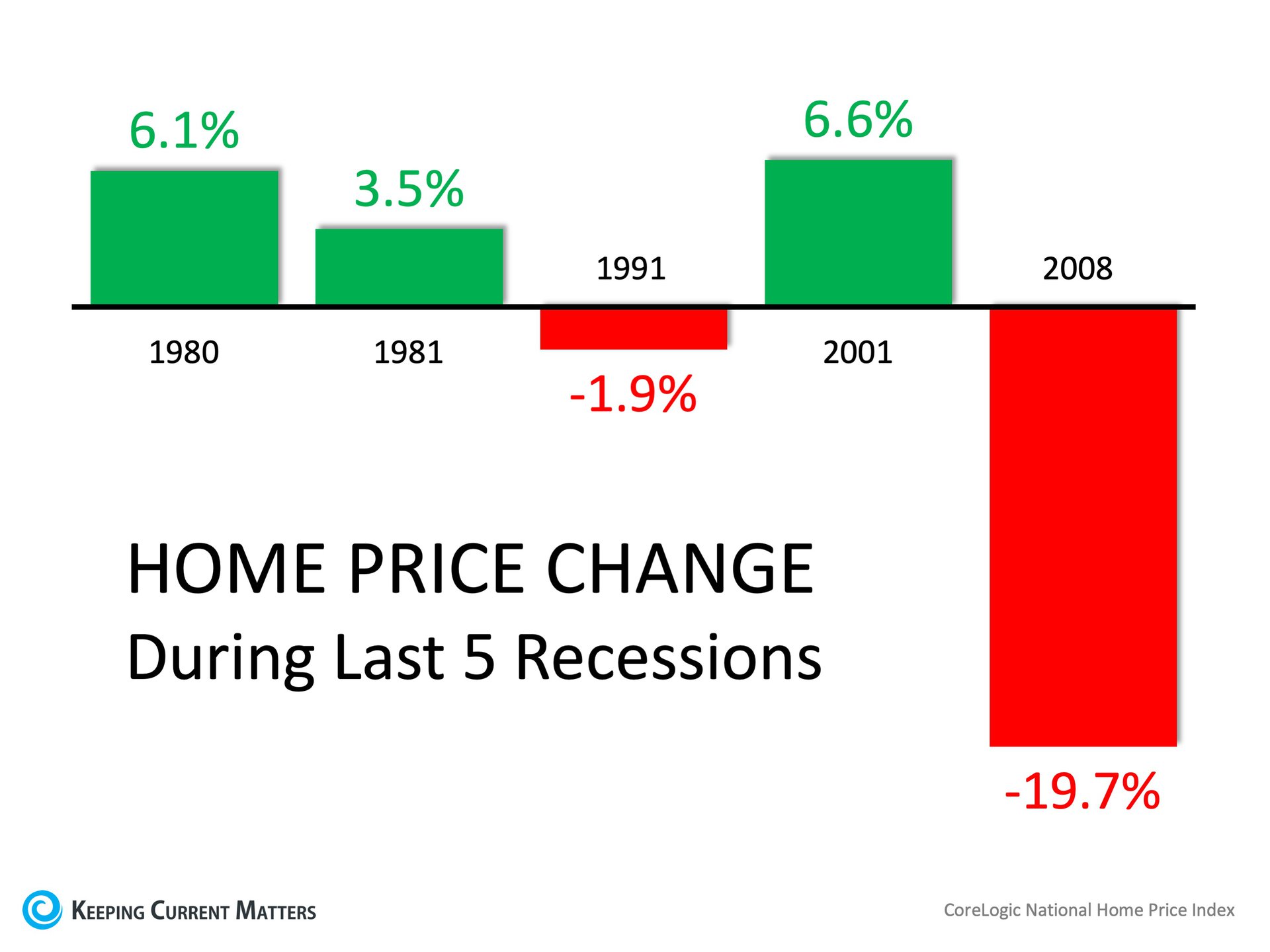
 The Federal Reserve Bank
The Federal Reserve Bank